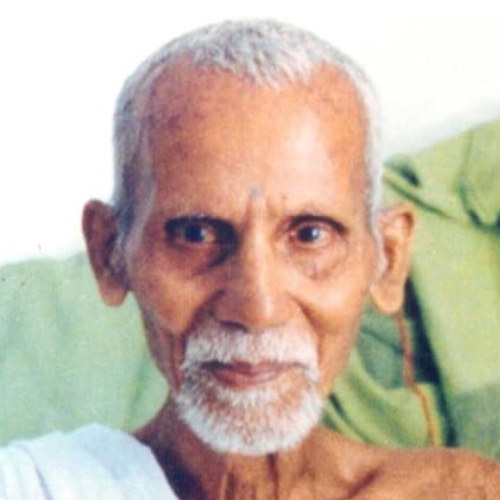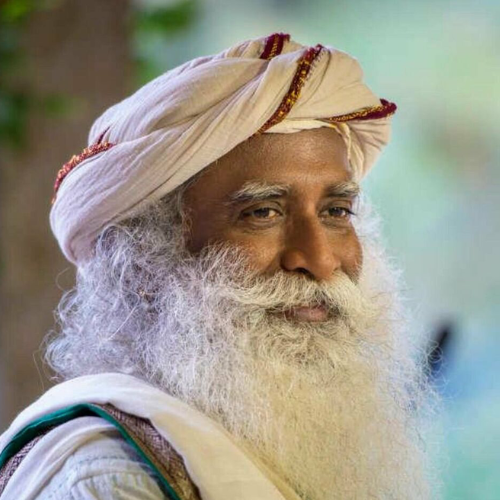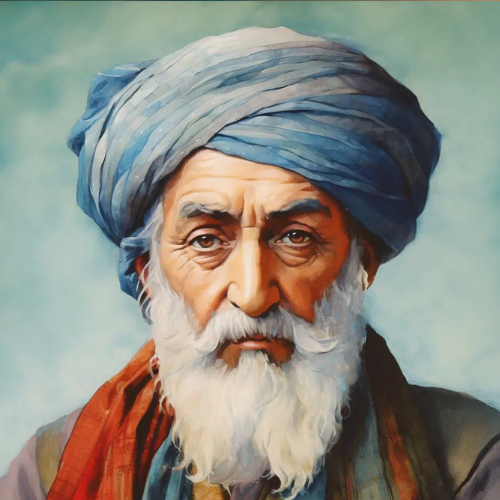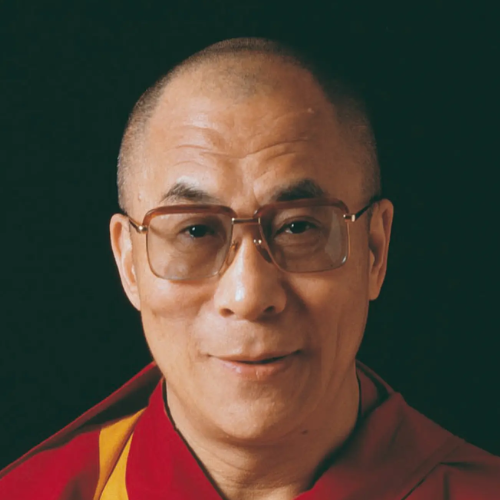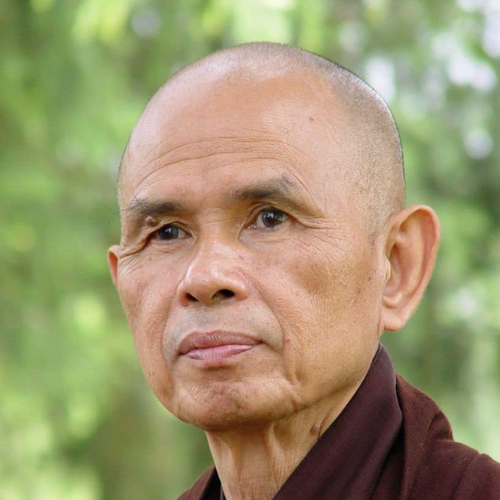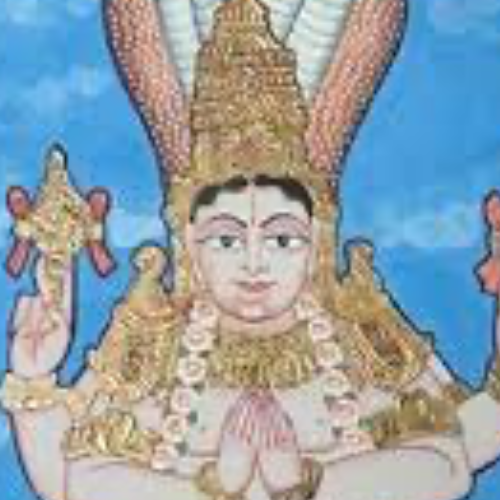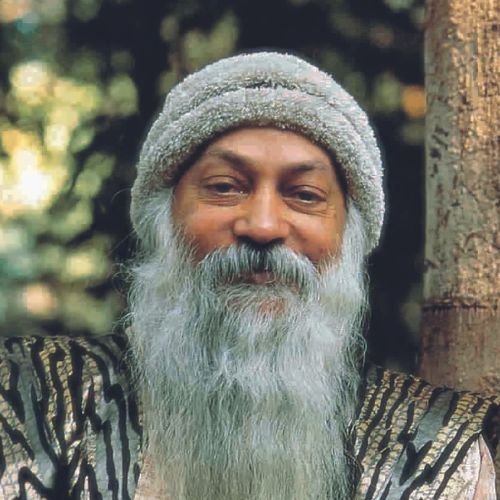If you can give up duality, Brahman alone remains, and you know yourself to be that Brahman, but to make this discovery continuous meditation is required. Don't allocate periods of time for this. Don't regard it as something you do when you sit with your eyes closed. This meditation has to be continuous. Do it while eating, walking and even talking. It has to be continued all the time.
Remember that nothing that happens in the mind is 'you', and none of it is your business. You don't have to worry about the thoughts that rise up inside you. It is enough that you remember that the thoughts are not you.
One must keep one's attention on the Self if one wants to make progress on the spiritual path.
In the same way, mind is just a Self-inflicted area of darkness in which the light of the Self has been deliberately shut out.
If you are having trouble with your enthusiasm for sadhana, just tell yourself, 'I may be dead in seven days'. Let go of all the things that you pretend are important in your daily life and instead focus on the Self for twenty-four hours a day. Do it and see what happens.
In every moment you only have one real choice: to be aware of the Self or to identify with the body and the mind.
When the rejection of mental activities becomes continuous and automatic, you will begin to have the experience of the Self.
Self-inquiry must be done continuously. It doesn't work if you regard it as a part-time activity.
Sadhana is a battlefield. You have to be vigilant. Don't take delivery of wrong beliefs and don't identify with the incoming thoughts that will give you pain and suffering. But if these things start happening to you, fight back by affirming, 'I am the Self; I am the Self; I am the Self;'. These affirmations will lessen the power of the 'I am the body' arrows and eventually they will armour-plate you so successfully, the 'I am the body' thoughts that come your way will no longer have the power to touch you, affect you or make you suffer.
A strong determination to pursue enquiry in this way will dissolve all doubts. By questioning 'Who am I?' and by constantly meditating, one comes to the clarity of being. As long as vasanas continue to exist they will rise and cover the reality, obscuring awareness of it. As often as you become aware of them, question, 'To whom do they come?' This continuous enquiry will establish you in your own Self and you will have no further problems. When you know that the snake of the mind never existed, when you know that the rope of reality is all that exists, doubts and fears will not trouble you again.
Go deeply into this feeling of 'I'. Be aware of it so strongly and so intensely that no other thoughts have the energy to arise and distract you. If you hold this feeling of 'I' long enough and strongly enough, the false 'I' will vanish, leaving only the unbroken awareness of the real, immanent 'I', consciousness itself.
In a real fort the occupants need a continuous supply of food and water to hold out during a siege. When the supplies run out, the occupants must surrender or die. In the fort of the mind the occupants, which are thoughts, need a thinker to pay attention to them and indulge in them.
If the thinker witholds his attention from rising thoughts or challenges them before they have a chance to develop, the thoughts will all die of starvation. You challenge them by repeatedly asking yourself 'Who am I? Who is the person who is having these thoughts?' If the challenge is to be effective you must make it before the rising thought has had a chance to develop into a stream of thoughts.
The mind and the body are both inert. Any energy or peace you experience can only come from the Self. Drop the identification with the body. These experiences are making you too body-conscious. Just be aware of the Self and try to pay as little attention as possible to the body. The Self is pure energy, pure power. Hold onto that.
When you have sealed off the mind in this way, challenge each emerging thought as it appears by asking, 'Where have you come from?' or 'Who is the person who is having this thought?' If you can do this continuously, with full attention, new thoughts will appear momentarily and then disappear.
When I say, 'Meditate on the Self' I am asking you to be the Self, not think about it. Be aware of what remains when thoughts stop. Be aware of the consciousness that is the origin of all your thoughts. Be that consciousness.
Bhagavan said that we should apply these same tactics to the mind. How to go about doing this? Seal off the entrances and exits to the mind by not reacting to rising thoughts or sense impressions. Don't let new ideas, judgements, likes, dislikes, etc. enter the mind, and don't let rising thoughts flourish and escape your attention.
The thoughts that come and go are not you. Whatever comes and goes is not you. Your reality is peace. If you don't forget that, that will be enough.
Continuous attentiveness will only come with long practice. If you are truly watchful, each thought will dissolve at the moment that it appears. But to reach this level of disassociation you must have no attachments at all. If you have the slightest interest in any particular thought, it will evade your attentiveness, connect with other thoughts, and take over your mind for a few seconds. This will happen more easily if you are accustomed to reacting emotionally to a particular thought.
There is nothing wrong with looking at Bhagavan's picture. It is a very good practice. But you should not get sidetracked from your main objective, which is establishing yourself as consciousness. Don't get attached to states of bliss or give them priority over the quest for the Self.
Your ultimate need is to get established in the changeless peace of the Self. For this you have to give up all thoughts.
If you can hold on to this knowledge 'I am Self' at all times, no further practice is necessary.
You have to keep up the enquiry, 'To whom is this happening?' all the time. If you are having trouble remind yourself, 'This is just happening on the surface of my mind. I am not this mind or the wandering thoughts.' Then go back into enquiry 'Who am I?'.
